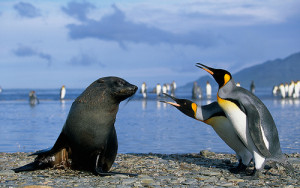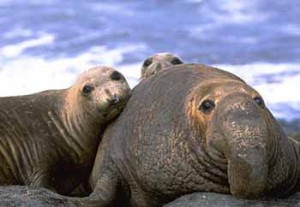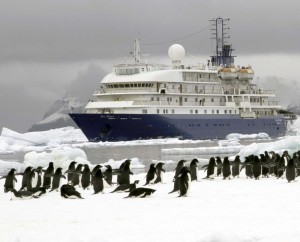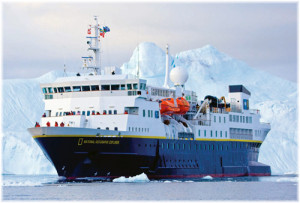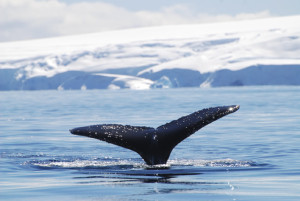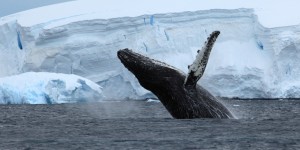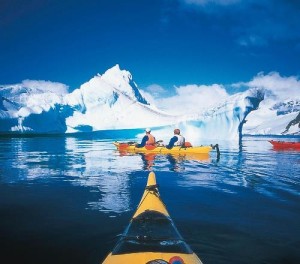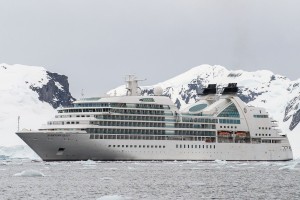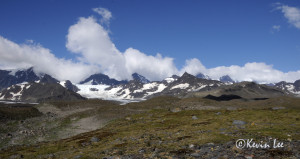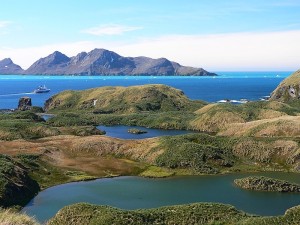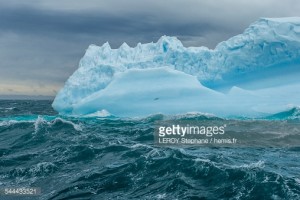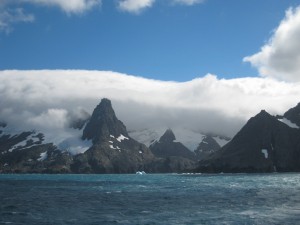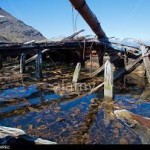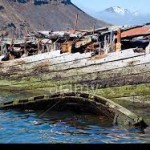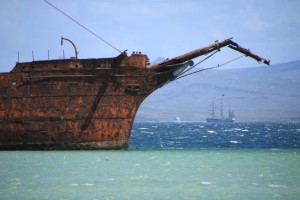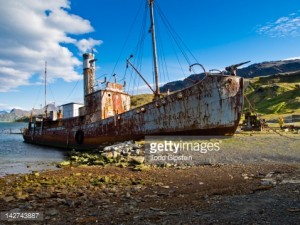
Aerial View of South Georgia

Map of South Georgia
Overview
Larger than most of the islands we have looked at so far and also the most southern, South Georgia has a human history that started later compared to some of the other ice-covered islands Lovegrove discusses.The first encounter was on January 15, 1775 by Captain Cook who claimed this land for England. In fact, South Georgia is still a British-owned island. As Lovegrove says in his introduction larger islands allow for more biogeography, at 100 miles long there are an estimated 35 million pairs of seabirds on the islands along with fur seals and unique wildlife such as elephant seals and king penguins. While these are the species native to this island, Europeans brought along their own reindeer and pigs for food purposes.
The original stations that were set up for whalers and sealers to operate became towns in South Georgia such as Grytviken. The types of whales hunted were humpbacks, fin whales, gigantic blue whales and southern right whales on seven total whaling stations established on the island. In the 61 years of whaling on South Georgia (1904-1961) approximately 175,250 whales had been turned into whale oil and other items. With humans presence on South Georgia, it is inevitable that it was followed with an infestation with rats. Rats then led to problems for the seabird populations and native plant species because they eat eggs and anything else they can get. On South Georgia it especially has been a problem to eliminate the rats because of the size, climate of the island and the fact that no funding from the government has given South Georgia any support for their rat problem (Lovegrove 144). The island is economically self-sufficient with its fishery leading the way with a contribution from tourism to the island.
Shackleton
Ernest Shackleton was an explorer who was studying the island of South Georgia and then fell ill. On his trek back home to receive treatment, his ship was crushed by ice, resulting in him and his crew being stranded on ice for months until they reached Elephant Island. Shackleton eventually rescued his crew and all survived. Shackleton continued to go on Antarctic expeditions after this encounter and later died on another exploration in the Antarctic region.
Environment and Wildlife
There is a large push on the island for maintaining the existing biodiversity and the surrounding environment. Any actions people wish to take that could potentially damage the environment and those who undertake any activity that can do so without permission, including introducing non-native species, will be held accountable for their actions.
Tourism
Although the island is in the bitter cold, there are many companies that are willing to take you there to visit the island as a tourist. Among those are Polar Cruises, Bark Europa, Expedition Sail, and Poseidon Expeditions. All of these companies provide boat tours around the island and enable people to both experience the Antarctic first hand and conduct research if they are interested.
- Poseidon Expedition being greeted by the Emperor Penguins that live in South Georgia
- Poseidon Expeditions Explorer boat
- Whale fin sighting on Polar Cruise
- Antarctica Blue Whale sighting from Polar Cruise
- Kayaking with Polar Cruise
- Bark Europa
Scenery
- South Georgia Island
- South Georgia Island
- Iceberg in South Georgia
- South Georgia Island
Shipwrecks
- The Louise
- The Louise
The Louise lies on the southern side of Grytivken and was badly damaged by a fire during a military training exercise. It was 52.8 meters long and weighed 1065 tons.
______________________________________________________________Sources
http://www.gov.gs/media-2/photographs/
http://wikitravel.org/en/South_Georgia_Island
http://www.gov.gs/environment/wildlife-protected-areas/
http://www.biography.com/people/ernest-shackleton-9480091
______________________________________________________________
By Mike and Angela

